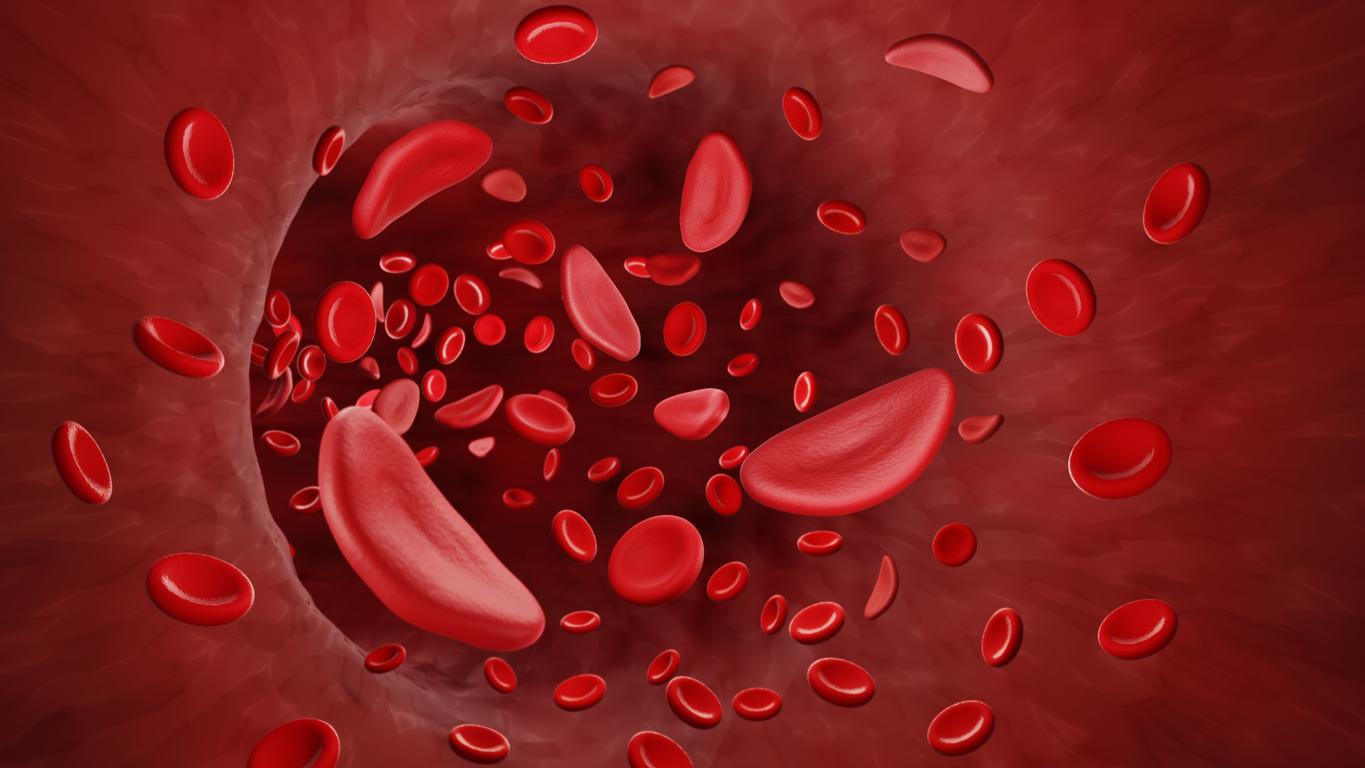Hibernating animals would have developed evolved mechanisms allowing them to automatically stop the activity of certain genes associated with obesity.

Why obese humans have more risk to develop diabetes, inflammations or even cancers and not huge mammals such as bears? To try to understand it, American researchers have been interested in the mechanism of hibernation. According to their study published in Cell Reports, hibernating animals would have developed evolved mechanisms allowing them to automatically stop the activity of certain genes associated with obesity.
In the fall, many mammals gain weight and become insulin resistant. Then, in order to survive the winter when food becomes scarce and nature more hostile, they go into hibernation: they fall asleep, their body temperature drops, their heart beats slower, their breathing slows down along with all the other processes. metabolic. When winter is over, the hibernator can easily shed excess weight, and his body will then automatically reverse insulin resistance. For Elliott Ferris and Christopher Gregg, researchers at the University of Utah in Salt Lake City, this control of obesity could be due to certain genetic mechanisms involved in the regulation of hibernation.
To verify their hypothesis, the scientists decided to analyze the genomes of four species of hibernating mammals: the thirteen-lined ground squirrel, the little brown bat, the gray lemur and the lesser hedgehog tenrec. Comparing them, they observed that they had evolved a series of short sections of DNA called parallel accelerated regions.
Genetic research continues on mice
These appeared to be close to genes linked to obesity in humans. To confirm this link, the researchers analyzed a set of genes that cause Prader-Willi syndrome, a rare genetic disease in humans. This disease is characterized, among other things, by an excessive appetite that can lead to obesity. They then discovered that these genes were associated with a greater number of regions accelerated by hibernation than those which played no role in this genetic affectation. Thus, hibernating animals may have developed evolved mechanisms allowing them to automatically shut down the activity of certain genes associated with obesity.
The researchers have also identified up to 364 genetic elements that can help both regulate hibernation and control obesity. Using specialized gene-editing technology, scientists are now testing the role of these 364 genetic elements in mice.
“By bringing together data from humans and hibernating animals, we were able to uncover regulatory changes in the genome to control obesity in mammals,” says Elliott Ferris.
“Metabolism shapes the risk of many diseases”
“Hibernators have developed an incredible ability to control their metabolism,” comments Christopher Gregg. “Metabolism shapes the risk of many diseases, including obesity, type 2 diabetes, cancer and Alzheimer’s disease,” he continues. “We believe that understanding the parts of the genome that are linked to hibernation will help us control the risks of some of these major diseases.”
“A big surprise of our new study is that these important parts of the genome have been hidden from us in the 98% of the genome that contains no genes — we used to call it ‘junk DNA’,” he adds. And to conclude: “As obesity and metabolism shape the risks of so many different diseases, the discovery of these parts of the genome is a truly exciting discovery that lays the foundation for many important new research directions. We have new projects for aging, dementia and metabolic syndrome.”
In France, 15.3% obesity rate
Today, obesity is a public health issue. This disease is associated with an increased risk of cancer of the uterus, ovaries and breast in women, of the prostate in men and of the colon and gallbladder for both sexes. In addition, people with obesity are more likely to suffer from diabetes, liver, kidney or respiratory problems, hypertension, headaches, stomach pains, fatigue, urinary incontinence, sweating excessive or menstrual disorders and polycystic ovaries in women.
This is why, each year in the world, overweight and obesity cause at least 2.8 million deaths. In the OECD, the average for people with obesity is 19.5%. The United States, Mexico, New Zealand and Hungary are the most affected.
In France, the obesity rate is 15.3%. The public authorities therefore regularly implement actions to make the general public aware of the importance of exercising regularly and of “eating five fruits and vegetables a day”. At the end of October, Public Health France, for example, launched a new campaign to invite the French to change their eating habits while still enjoying eating.

.

















